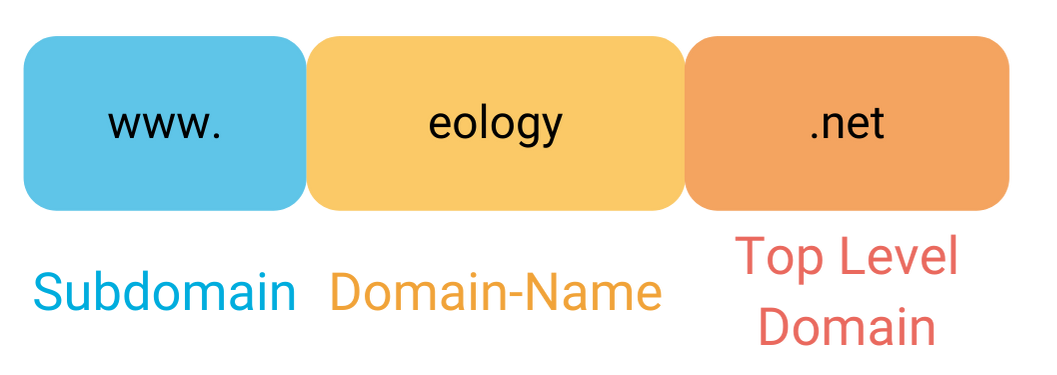Customer experience (CX) is the sum of all interactions and points of contact between a customer and a company. Read here how you can create a positive customer experience. ... Continue reading


Top Level Domains, or TDLs for short, are the part of the domain that comes after the terminating dot of a URL. For example:
In the international Domain Name System, they represent the highest hierarchical level.
For TLDs, an additional distinction is made between two different groups:
For country code web addresses, the responsibility lies with the respective country. The conditions for registering your ccTLD may therefore vary from country to country.
Each URL is made up of different components. However, the structure is always the same. The subdomain is always at the beginning. In most cases it starts with www., but it can also start with example. or samplepage. This is followed by the domain name. This remains the same even if the subdomain or TLD is changed. The domain name is followed by the top level domain.

You can find the list of all registered TLDs with the corresponding Whois servers on the page of IANA. The Whois servers store information about the domain owners. In this list you can also see whether they are generic or country-specific top level domains.
Whether a registration of a new TLD is worthwhile for you, depends strongly on the goals, which you pursue thereby. It can make sense for companies that are mainly active in a region. The user can connect a top level domain with a thematic or geographical search. For your external presentation the reference to your TLD is an easily recognizable branding. This creates a unique selling proposition for you. Furthermore, when choosing your domain, you should make sure that the user knows and uses the term. An addition such as .hotel makes sense for a large hotel chain or a booking platform for hotel rooms, whereas the user will not be able to use .holiday for this topic.
You can reserve a new top level domain at almost every hosting company. They check the availability of your desired address and do the registration for you. In return, you will incur monthly costs.
An important ranking factor are the signals of Google’s users. If they consider your TLD as trustworthy and suggest to be led to the target of their search, the click rate on your links increases. Thus, your ranking in the SERPs increases as well. A high bounce rate, on the other hand, lowers your ranking. If you convey to the visitor of your website, for example with the top level domain .support, that he can get help immediately and that you can offer him a service, then he will click on your link faster.
The US IT security company Blue Coat has conducted a study on the use of TLDs. It also examined which top level domains are classified as “dangerous”. Behind these, there is often spam, malware or phishing. The following domains were listed in the top ten dangerous new TLDs:
Based on the study, you should avoid using such a TLD. If you use one of these TLDs, it is advisable to change the top level domain with the help of your hosting provider.
You want to learn more about exciting topics?